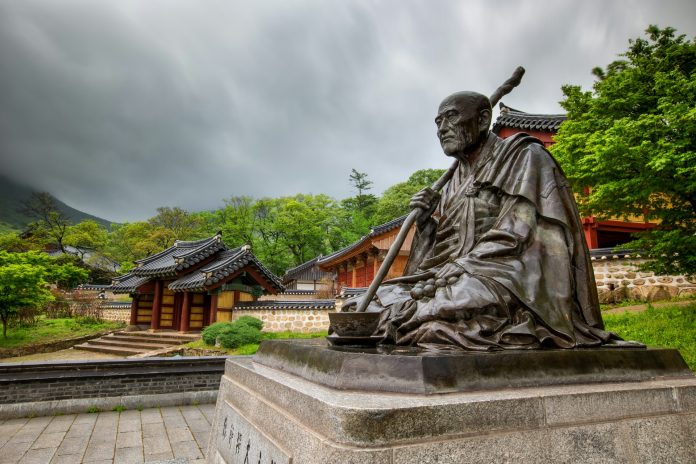
As we age, our muscles naturally become weaker, especially in the lower body.
This loss of strength can make it harder to do everyday activities like walking or climbing stairs and raises the risk of falling and getting injured.
While weight training can help, not everyone has access to a gym—or wants to go.
Now, scientists from Tohoku University in Japan have found that an ancient Japanese tradition might offer a simple, free, and effective way to build lower body strength—without lifting weights or using machines. The tradition is called Rei-ho, and it was originally part of the daily etiquette practiced by samurai warriors.
Rei-ho includes slow and careful movements, such as sitting down and standing up, that train the legs. In traditional Japanese homes, people often sat on tatami mats and used squat toilets, which naturally strengthened the legs.
But as modern Western-style chairs and toilets have become more common, these movements are disappearing from daily life. Rei-ho helps bring them back.
Until recently, no one had studied the health effects of Rei-ho. That changed when a research team led by Professor Ryoichi Nagatomi at Tohoku University ran a controlled study to see what would happen if older adults practiced Rei-ho regularly.
In the study, one group of people did a five-minute Rei-ho routine at least four days a week for three months. The exercises included Rei-ho-style squats and sit-to-stand movements from a chair—done slowly and with control.
Another group of people made no changes to their usual habits. At the end of the three months, the people doing Rei-ho improved their knee extension strength (the ability to straighten the knees) by almost 26%. The group that didn’t train only improved by 2.5%.
Knee extension strength is very important for mobility and independence. It helps people get out of chairs, walk, and keep their balance. That’s why the lead author of the study, Ayaka Ogasawara, says these results are very encouraging, especially for seniors who want to stay active and independent as they age.
One big advantage of Rei-ho is that it’s easy to add to daily life. It doesn’t require special clothes, equipment, or gym memberships. It simply changes how people sit, stand, and move during everyday routines. Because it focuses on balance and control, it may also help with coordination and reducing the risk of falling.
Lecturer Akira Sato, another member of the research team, pointed out that Rei-ho could be appealing even outside Japan. People in other countries can not only enjoy the physical benefits but also connect with an interesting part of Japanese history and culture.
In younger people, a fall might just mean a bruise or a little embarrassment. But for older adults, falling can cause serious injuries or even lead to life-threatening conditions. That’s why it’s so important to start early with simple activities that help maintain muscle strength.
This study shows that Rei-ho is more than just an old tradition—it’s a practical and powerful way to stay strong and healthy in modern life.
The study is published in The Tohoku Journal of Experimental Medicine.
Copyright © 2025 Knowridge Science Report. All rights reserved.



